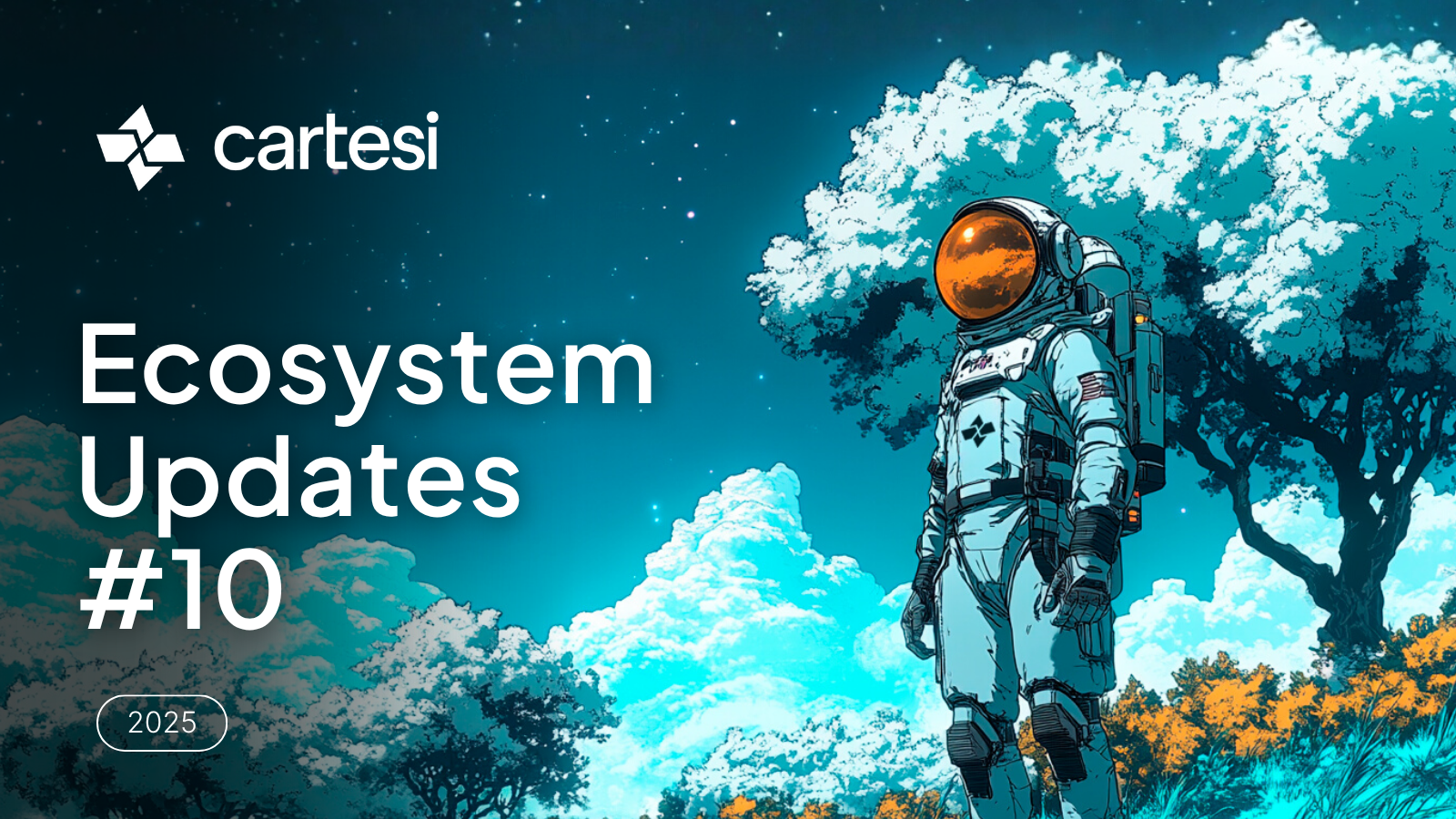Cartesi Ecosystem Updates #10, 2025
Explore Cartesi Ecosystem Updates #10: October brought technical refinement, with Rollups Contracts v2.1.0-alpha.1 improving node performance, the PRT fraud-proof system advancing with a new bond design, and developer tools making it easier than ever to test complex dApps. Meanwhile, contributors drove academic initiatives, events, and media appearances, reinforcing Cartesi’s role in advancing Ethereum rollups and setting the stage for Devconnect Argentina and ETHLatam Brazil.
Written By Marketing Unit











